CUSTOMER CARE FAQs
All our rings are made to order and are usually ready in 3-4 weeks.
Bling Factory offers a free Lifetime Warranty from the date of invoice against any manufacturing defects on all diamond jewellery.
Yes! At Bling Factory we offer free international shipping on all orders.
If you need help placing an online order, please contact us here or through our online chat box on the bottom right of the page and one of our friendly team members will get in touch with you.
Please check out our Ring Size Guidance to know your ring size.
Since all Bling Factory Jewellery is custom made to order, they cannot be returned. To ensure your satisfaction with your custom ring design, we always send through a detailed computer design for approval before we begin crafting your ring.
LAB GROWN DIAMONDS FAQs
Yes! Lab-grown diamonds are just as real as mined diamonds.
With the exact same optical, chemical, thermal and physical properties, the only difference between lab-grown diamonds and mined diamonds is their origin. Lab-grown diamonds are grown in controlled laboratory environments that produce the same pressure and heat conditions that form mined diamonds in the earth's crust.
A lab-grown diamond has the same chemical and physical properties as a diamond while a simulant is made of a different material, designed to simply mimic the appearance of a diamond. One of the most well-known simulants is cubic zirconia which is made from a soft substance called zirconium dioxide. Simulant diamonds will not have the same longevity as real diamonds and will need to be replaced every few years. Lab-grown diamonds are just diamonds, with their origins being the only distinguishable difference. Lab and mined diamonds are both made of pure carbon and hold a hardness rating of 10 on the Mohs hardness scale. A lab-grown diamond will last just as long as a mined diamond.
The only difference between a mined diamond and a lab diamond is their origin. Mined diamonds are formed in the Earth’s crust under intense heat and pressure and then mined from the ground. Lab diamonds are grown under the exact same conditions as mined diamonds but within a laboratory setting - removing the need for mining. With the exact same chemical, physical and optical properties, the only real difference is that mined diamonds are mined and lab grown diamonds are not. This makes lab diamonds the ethical, eco-friendly and sustainable choice.
Since lab-grown diamonds are grown in controlled laboratory environments, they do not need to be extracted from the earth like their mined counterparts. By removing the need for mining, lab-grown diamonds reduce the impact on the environment and eradicate the risk of unethical labour practices and community displacement.
Lab-grown diamonds are an excellent alternative to mined diamonds as they provide much more value. Without sacrificing quality for price, lab-grown diamonds will be more affordable than mined diamonds of the same quality and size.
Just like their mined counterparts, every lab created diamond is unique. Grown under the same intense heat and pressure as a mined diamond, a lab-grown diamond undergoes the same growth process and may still contain minor internal or surface imperfections like a mined diamond will. This means every lab-grown diamond will vary in colour, clarity and cut. Expert gemological labs such as the IGI and GIA evaluate and certify every single lab created diamond using the same strict standards applied to mined diamonds.
Absolutely not! Since lab-grown diamonds have the exact same physical and chemical properties as mined diamonds, they are just as durable and scratch-resistant, meaning they will never become cloudy.
Scientists have attempted to grow diamonds in a laboratory since the late 1800s. The first company to successfully produce large quantities of lab-grown diamonds was General Electric in the 1950s. However, these were largely created for industrial use and were not suitable to be worn in fine jewellery. Gem quality lab-grown diamonds have only been available from the late 1980s.
Yes, lab-grown diamonds will pass a diamond tester. Since lab-grown diamonds are made of pure carbon and have the same thermal conductivity and chemical properties as real diamonds, they will record a positive test on a diamond tester.
To ensure consistency of certification, every lab created diamond is inspected and certified by a gemological expert at the IGI. Using a very fine and precise laser beam, every lab-grown diamond is inscribed with the report number and the words “lab-grown”, assuring you of your diamond’s origin and authentic certification. This inscription is invisible to the naked eye and can only be seen under a jeweller’s loupe. In no way will this impact your diamond’s quality or light performance.
Absolutely! All of our lab-grown diamonds are evaluated on cut, clarity, colour and carat weight and are IGI or GIA certified. Most of our lab-grown diamonds are certified by the leading lab-grown gemological institute, IGI. The IGI is the most popular lab-created diamond certifier and is used by most of the lab market, creating a consistency in grading across the lab-grown diamond industry. This allows the consumers to easily compare lab-grown diamonds and to be assured they’re getting what they’re paying for.
Lab-grown diamonds are produced in controlled laboratory environments and do not need to be mined from the earth. Unlike mined diamonds, only lab created diamonds can be 100% conflict-free. It is near impossible to know the origins of a mined diamond and whether unsafe or unethical labour practices were involved in its extraction from the earth.
Lab-grown diamonds are the eco-friendly alternative to mined diamonds. Did you know that over 250 tons of ore must be moved just to mine 1 carat of mined diamond? By removing the need for mining, lab-grown diamonds reduce the devastating impact on the environment and ensure mined habitats, fauna and ancestral communities were unharmed in their production.


 Lab Grown Diamond
Lab Grown Diamond
 Solitaire
Solitaire
 Halo
Halo
 Hidden Halo
Hidden Halo
 Accent
Accent
 Pavé
Pavé
 Toi Et Moi
Toi Et Moi
 Round
Round
 Oval
Oval
 Radiant
Radiant
 Emerald
Emerald
 Pear
Pear
 Princess
Princess
 Cushion
Cushion
 Asscher
Asscher
 Marquise
Marquise
 Heart
Heart
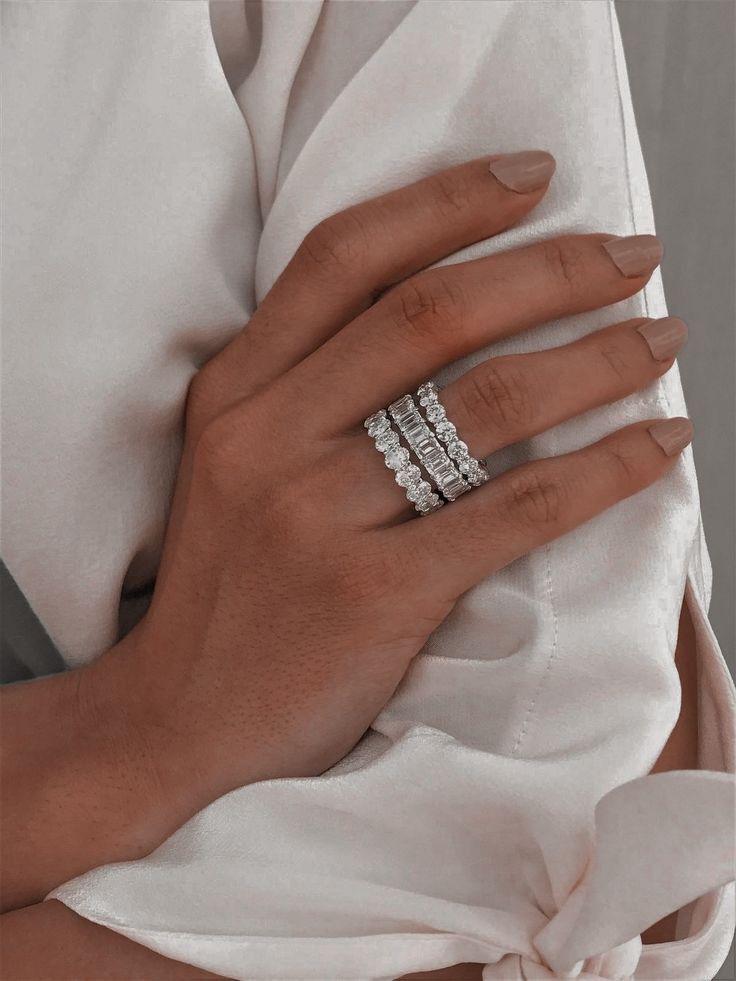
 Shop women's wedding bands
Shop women's wedding bands
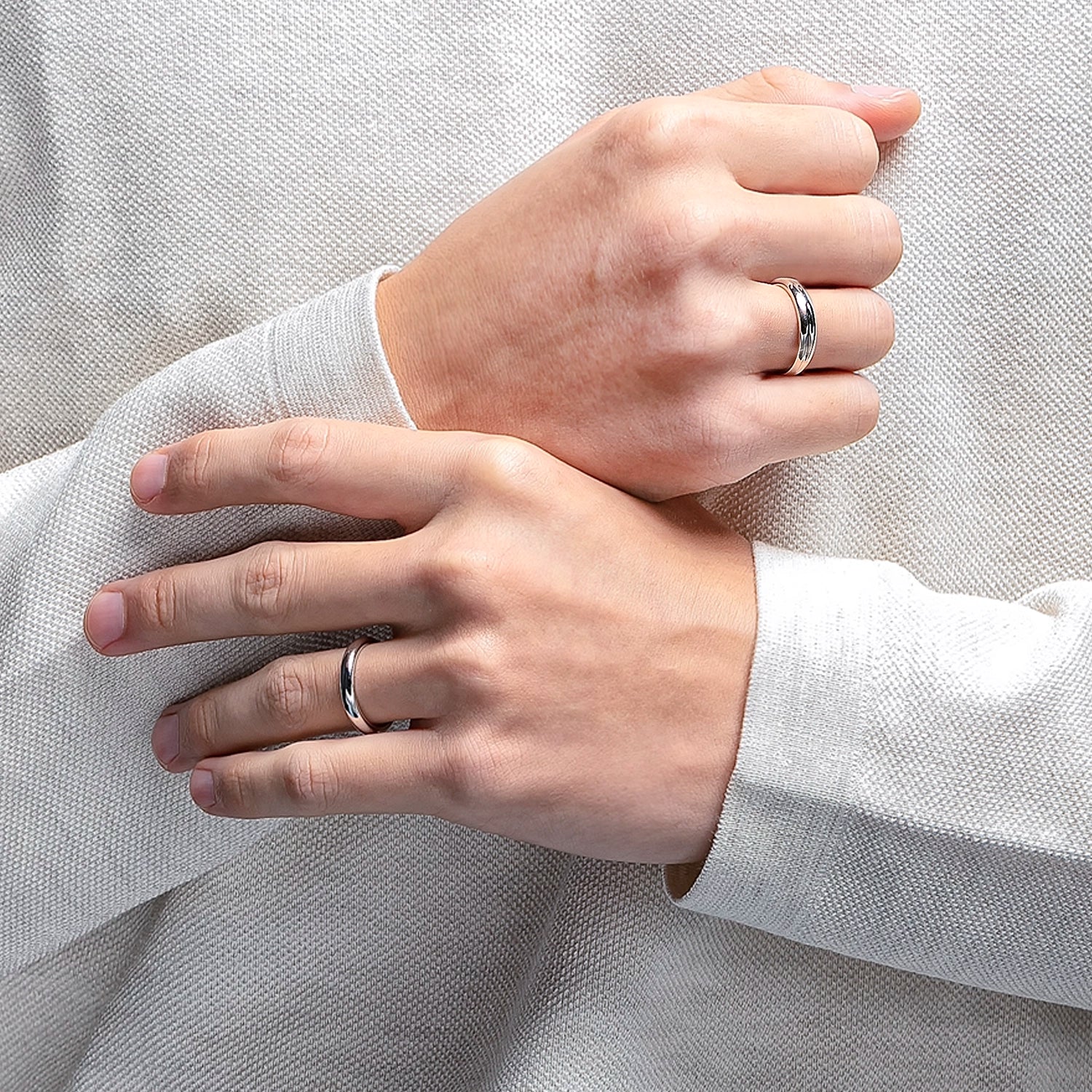
 Shop men's wedding bands
Shop men's wedding bands
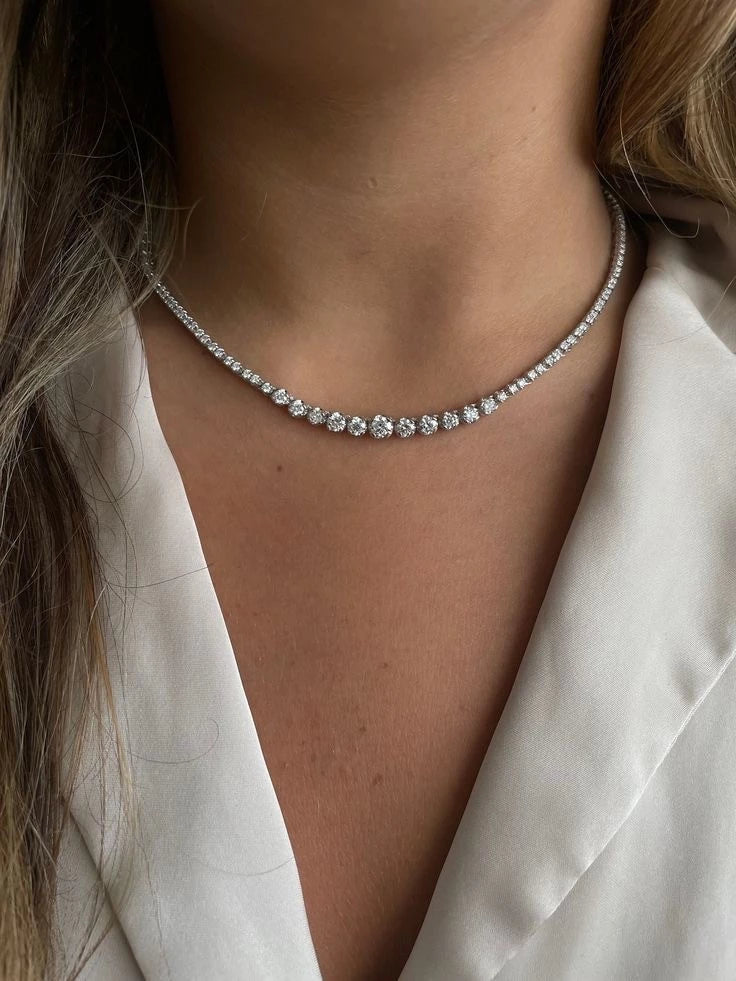
 Necklaces and Pendants
Necklaces and Pendants
 Tennis Necklace
Tennis Necklace
 Chains
Chains
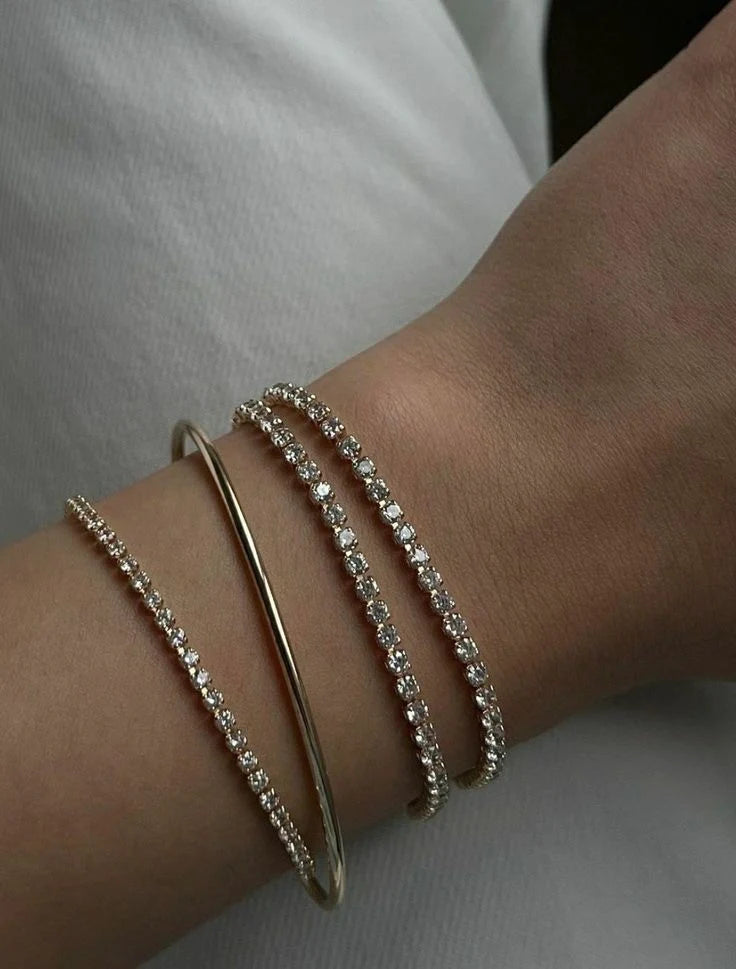
 Tennis Bracelets
Tennis Bracelets
 Bangles
Bangles
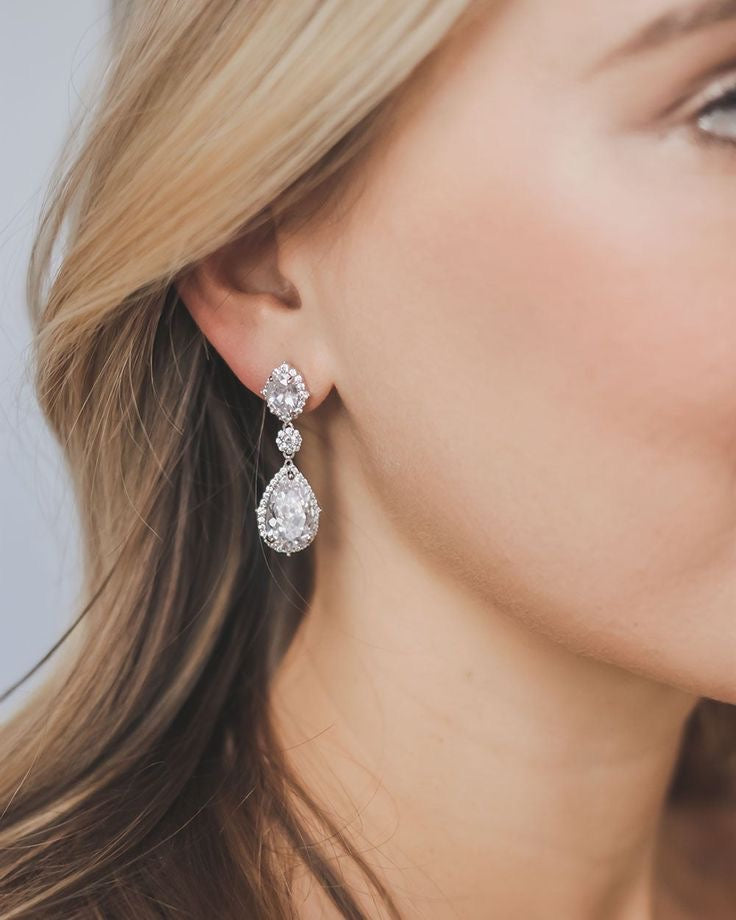
 Stud Earrings
Stud Earrings
 Halo Earrings
Halo Earrings
 Hoop Earrings
Hoop Earrings
 Designer Earrings
Designer Earrings
 Check out now
Check out now